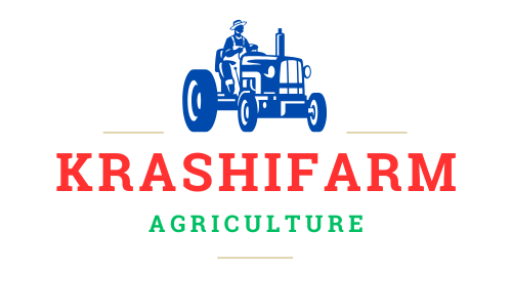Sustainable Land Management in Agriculture
Introduction
Sustainable land management (SLM) in agriculture is a crucial approach to ensure food security, environmental conservation, and long-term productivity. It integrates practices that maintain soil health, enhance biodiversity, and reduce degradation. This document explores the principles, benefits, and strategies of SLM with a focus on practical applications.
Importance of Sustainable Land Management
SLM helps in:
- Enhancing Soil Fertility: Improves nutrient cycling and organic matter content.
- Preventing Land Degradation: Reduces erosion, compaction, and desertification.
- Increasing Biodiversity: Supports soil organisms, pollinators, and wildlife.
- Water Conservation: Improves infiltration and reduces runoff.
- Mitigating Climate Change: Sequesters carbon and reduces greenhouse gas emissions.
Key Principles of SLM
- Soil and Water Conservation: Prevents erosion and maintains soil moisture.
- Integrated Pest and Nutrient Management: Uses natural predators and organic fertilizers.
- Crop Diversification: Increases resilience and reduces pest outbreaks.
- Agroforestry: Integrates trees with crops and livestock.
- Conservation Agriculture: Includes minimal tillage, cover crops, and crop rotation.
Sustainable Land Management Practices
| Practice | Description | Benefits |
|---|---|---|
| Crop Rotation | Alternating different crops seasonally | Reduces soil depletion and improves fertility |
| Cover Cropping | Growing plants to protect soil | Enhances organic matter and prevents erosion |
| No-Till Farming | Avoiding mechanical soil disturbance | Maintains soil structure and moisture |
| Agroforestry | Combining trees with crops or livestock | Enhances biodiversity and carbon sequestration |
| Terracing | Creating steps on slopes to slow water flow | Reduces soil erosion and improves water retention |
| Integrated Pest Management (IPM) | Using natural predators and crop management | Minimizes pesticide use and promotes ecological balance |
Challenges in Implementing SLM
- High Initial Costs: Investments in infrastructure and training.
- Knowledge Gaps: Farmers require technical know-how.
- Policy and Market Constraints: Need for supportive regulations and incentives.
- Climate Variability: Unpredictable weather conditions affect planning.
Conclusion
Sustainable land management is essential for ensuring long-term agricultural productivity and environmental conservation. By adopting practices like crop rotation, agroforestry, and conservation agriculture, farmers can maintain soil health, improve water use efficiency, and enhance resilience to climate change. Continued research, policy support, and farmer education will play a vital role in promoting sustainable agricultural practices globally.



